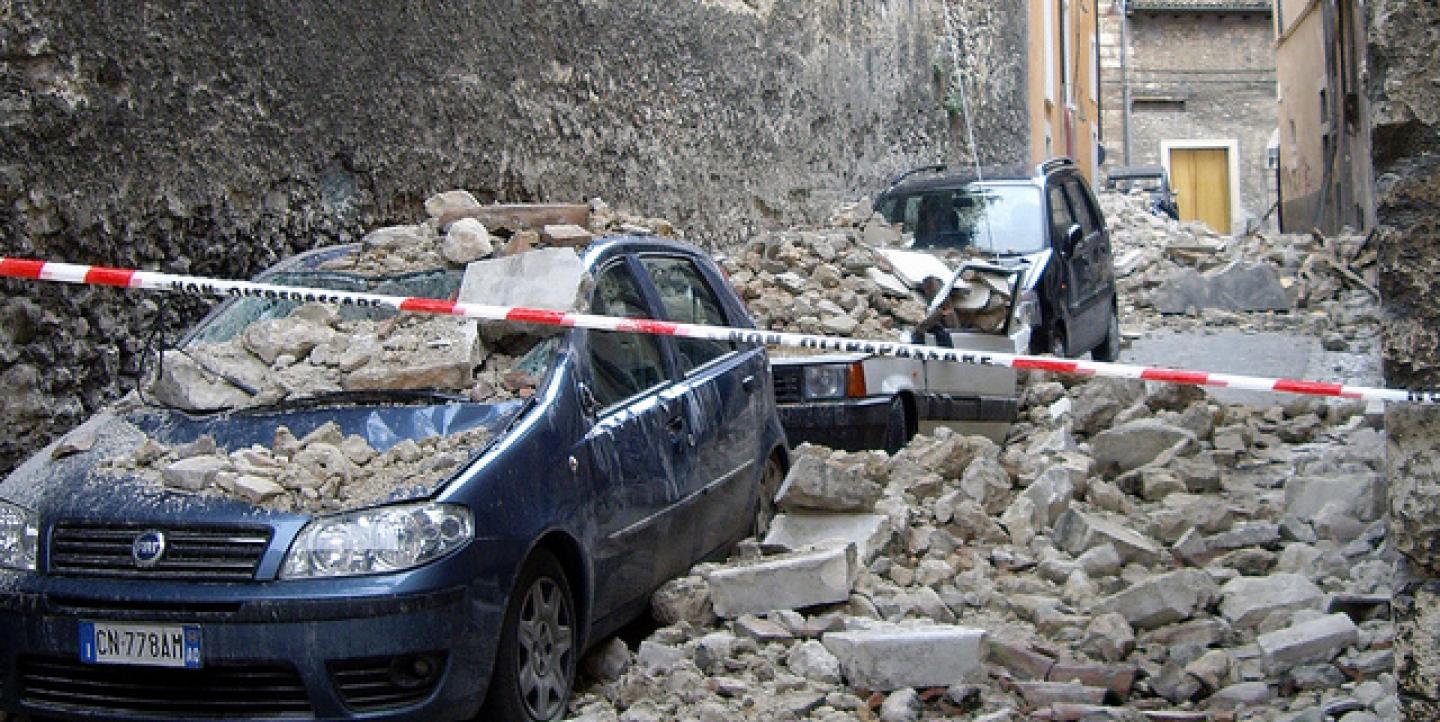“The first casualty of war is the truth, but can we say the same about natural disasters?” asked Yohan Shanmugaratnam. The international news editor of Norwegian daily Klassekampen, Shanmugaratnam was introducing the How To Investigate Disasters panel on the third day of 9th Global Investigative Journalism Conference.
Floods, volcanic eruptions, earthquakes and tsunamis are not just geologic processes — they also reveal social, economic and political mismanagement in societies that are affected, making investigations during disasters more important.
“Disaster reporting is more essential now, because disasters have consequences in an interconnected world,” noted BBC veteran Natalia Antelava, editor of Coda Story. “The Internet has brought the world closer.”
Social media has been a powerful tool in ensuring communication during disasters. Facebook and Twitter have transformed news coverage of disasters. As soon as a giant 7.8 magnitude earthquake happened in Nepal this year, reports from the ground came from local people who could now participate in the newsgathering process through social media platforms.
“Social media is not articulate when the ground is shaking,” warned Kunda Dixit, editor of the Nepali Times. “It is full of rumors, unverified information and predictions.” Accurate information, he emphasized, should be the first rule of disaster reporting.
Data matters
Data plays an important role during disasters, as it helps to analyze and provide solutions and better understanding of situations.
“Data and maps are useful for journalists and resource planning, but the difficult task is to find the data,” said Dixit, who added that figures and interactive charts can make a story more impactful.
Yoichiro Tateiwa, editor of “Nuclear Watch” at Japanese public broadcaster NHK, also readily agreed that data can show what humans can’t see.
“In the team, we assigned one person to simply read every available document and report about the nuclear plant and respective power company,” he said while sharing his experience about investigating the meltdown at the Fukushima nuclear plant. He also suggested that journalists collaborate with foreign specialized bodies, as this makes use of those with different skills and perspectives.
The journalists had several tips for those covering disasters:
- During disasters, credible information is important
- Investigate to find out if there was adequate warning and preparation
- Demystify data
- Be technically self-reliant (power, WiFi, food, safety, etc.)
- Get away from the herd mentality
- Remember the forgotten
- Disasters drag on; keep following the issue even when readers and viewers seem to lose interest
- Do not seek huge headlines; Many people are still suffering from the disaster
- Don’t create panic. Instead, sensitize and add to information about the disaster
The three investigative reporters strongly stated that there was need to reinvent disaster journalism.
“What happens when the spotlights are switched off and cameras move on to next big story?” asked moderator Shanmugaratnam. Anteleva offered one model for how to keep following the story and not let it go: Coda Story, a single-issue web platform that reports on one crisis at a time and stays with it, providing unique depth, continuity and understanding.
This post originally appeared on the 2015 Global Investigative Journalism Conference's blog and is republished on IJNet with permission.
Image CC-licensed on Flickr via UCL Mathematical and Physical Sciences.

